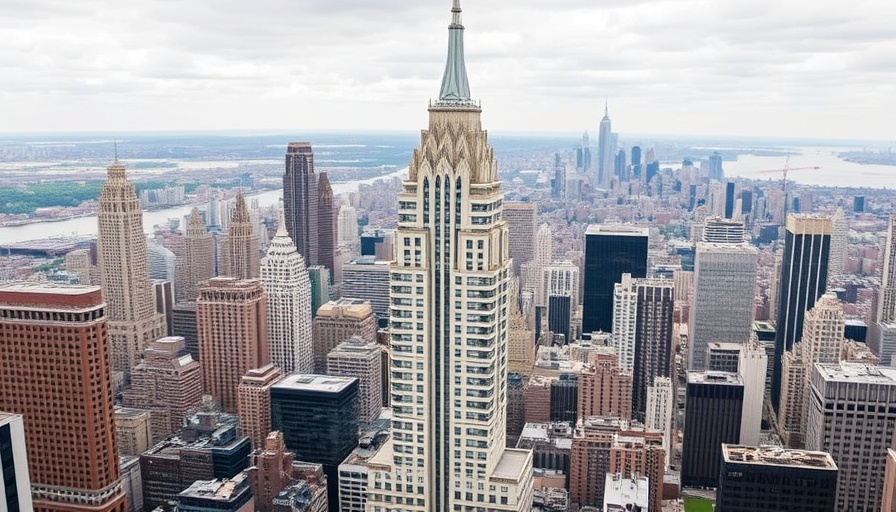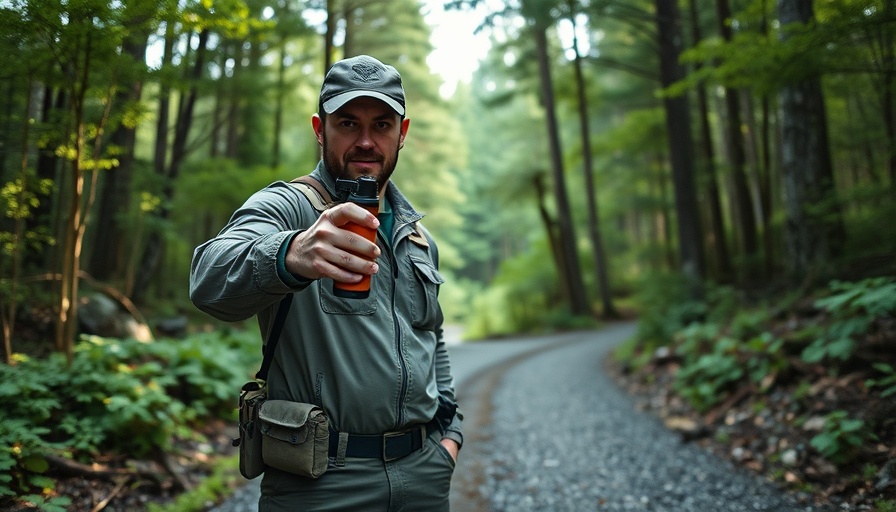
Unveiling the Titanic's Secrets Through Groundbreaking Technology
The RMS Titanic has long captivated the imaginations of millions, symbolizing both opulence and tragedy. Now, thanks to the revolutionary work by deep-sea investigation company Magellan, the ship's secrets have been brought to light in unprecedented detail.
The recent documentary 'Titanic: The Digital Resurrection' reveals the most accurate digital reconstruction of the sunken vessel to date. This effort involved sending autonomous robots to the Titanic's resting place, 12,500 feet deep in the Atlantic Ocean, where they collected an astounding 16 terabytes of data over three weeks. This included more than 715,000 photographs and high-definition video footage.
What New Insights Are Emerging?
The documentary aims to dissect the Titanic’s final hours in rich detail, showcasing how the ship met its fate when it struck an iceberg on April 14, 1912. With cutting-edge technology, researchers have confirmed that the Titanic did not simply split cleanly in half; instead, it was violently torn apart, shattering first-class cabins and leaving a startling mark on the ship’s timeline.
Naval architects like Simon Benson have even pinpointed the remarkably short duration of 6.3 seconds it took for the Titanic to collide with the iceberg. This newfound clarity about the disaster helps piece together a narrative that has both fascinated and frustrated historians for over a century.
Heroic Actions in the Face of Disaster
Among the many poignant stories that have emerged from this research is the account of the boiler room crew, who continued to function under intense pressure. It was determined that one of the ship's steam valves was left open, allowing their critical operations to persist until nearly the very end. Parks Stephenson, a Titanic analyst, notes how these men worked tirelessly to keep the lights on, enabling the crew to launch lifeboats with some light instead of plunged into darkness—a heroic act that possibly saved countless lives.
Rethinking Historical Narratives
The 3D scan has also stirred discussions about one controversial historical figure: First Officer William Murdoch. Previously portrayed as having abandoned his post, recent evidence suggests a different story. High-resolution scans have supported the account of survivor Charles Lightoller, which claims Murdoch was swept away while preparing lifeboats. This vital perspective challenges the long-standing narrative painted by films like James Cameron's classic.
Why This Matters to Us Today
This exploration into the Titanic’s history doesn't just offer a fresh perspective on a famous disaster; it urges us to think about accountability, heroism, and the human spirit in the face of adversity. As residents of San Diego, where the ocean and its mysteries play a significant part in our lifestyle, the Titanic's story serves as a reminder of the fragility of human endeavors.
An Invitation to Engage with History
As April 11 approaches, the documentary will be aired on National Geographic and will be available to stream on Hulu and Disney+. This is a unique opportunity for local residents to engage with a pivotal moment in maritime history. Consider gathering friends or family to watch and reflect on the lessons learned from the Titanic tragedy, because the past is not just a series of events; it continues to shape our understanding and actions today.
As you connect with history, take a moment to explore more about the Titanic's impact, not just on human emotion and perseverance, but also on maritime safety reforms that continue to affect global shipping regulations today. The story of the Titanic, now vividly reconstructed, is one of mankind's complex relationship with the sea—adventure, risk, and loss intertwined.
 Add Row
Add Row  Add
Add 




 Add Row
Add Row  Add
Add 

Write A Comment